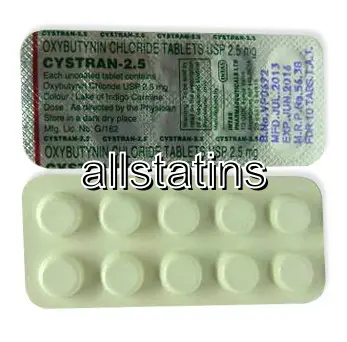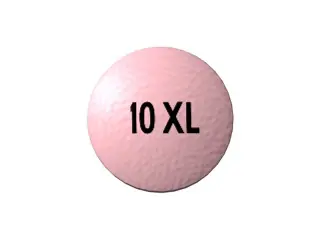| Package | Dosage | Price | Price per Dose | |
|---|---|---|---|---|
| Dosage: 2,5mg | ||||
| 240 pill | 2,5mg | $301.37 | $1.26 | |
| 120 pill | 2,5mg | $152.47 | $1.27 | |
| 90 pill | 2,5mg | $121.97 | $1.35 | |
| 60 pill | 2,5mg | $84.30 | $1.40 | |
| 30 pill | 2,5mg | $44.83 | $1.51 | |
| Dosage: 5mg | ||||
| 360 pill | 5mg | $800.11 | $2.22 | |
| 240 pill | 5mg | $541.77 | $2.26 | |
| 180 pill | 5mg | $416.19 | $2.31 | |
| 120 pill | 5mg | $283.43 | $2.37 | |
| 90 pill | 5mg | $222.44 | $2.48 | |
| 60 pill | 5mg | $156.06 | $2.60 | |
| 30 pill | 5mg | $84.30 | $2.78 | |
| 20 pill | 5mg | $59.18 | $2.98 | |
| 10 pill | 5mg | $32.27 | $3.19 | |

Oxybutynin Description
Introduction to Oxybutynin
Oxybutynin is a well-known medication primarily used to treat overactive bladder symptoms. It helps reduce urinary urgency, frequency, and incontinence, providing relief for many patients experiencing bladder control issues. The medication belongs to a class of drugs called anticholinergics, which work by relaxing the muscles of the bladder, thereby increasing its storage capacity. Oxybutynin can be prescribed in various forms, including tablets, transdermal patches, and topical gels, offering flexibility based on individual patient needs and preferences.
How Oxybutynin Works
The active ingredient, oxybutynin chloride, acts by blocking specific receptors in the bladder muscles known as muscarinic receptors. By doing so, it inhibits involuntary bladder contractions that lead to urgency and leaks. The relief provided by oxybutynin improves quality of life for individuals dealing with frequent urination and associated discomfort. Since it influences smooth muscle activity, the medication effectively increases bladder capacity and reduces the frequency of urges to urinate.
Pros and Benefits
Many users find oxybutynin highly effective for managing overactive bladder symptoms. It provides quick relief, often within a few days of starting treatment. Patients appreciate the variety of administration options, which allow for more tailored therapy. The transdermal patch, for example, offers a convenient alternative for those who experience gastrointestinal side effects with oral tablets. Overall, oxybutynin contributes significantly to improving daily comfort and independence in patients with bladder control issues.
Possible Side Effects and Considerations
Despite its benefits, oxybutynin may cause side effects in some individuals. Common adverse reactions include dry mouth, dizziness, constipation, and blurred vision. Less frequently, some users may experience urinary retention or allergic reactions. Because of its anticholinergic effects, oxybutynin needs to be used with caution in older adults or those with pre-existing conditions such as glaucoma, urinary retention, or gastrointestinal motility problems. It's essential to follow medical advice and report any unusual or severe side effects.
Usage and Dosage
The dosage of oxybutynin varies depending on the formulation and individual patient needs. Generally, the initial dose is low, gradually increased to minimize side effects. Patients are advised to take the medication exactly as prescribed, often with food to reduce gastrointestinal discomfort. The transdermal patch is typically replaced once every 24 hours, while oral tablets are taken once or twice daily. Regular follow-up with a healthcare provider ensures optimal results and adjustment of the dosage if necessary.
Conclusion
Oxybutynin remains a reliable and effective choice for managing overactive bladder symptoms. Its versatility in administration forms enhances patient convenience and adherence. While side effects are possible, they are often manageable with proper medical guidance. For many individuals, oxybutynin offers meaningful relief, allowing them to regain control over their bladder function and improve their overall quality of life. As with any medication, consulting with a healthcare professional ensures safe and appropriate use tailored to individual health needs.

